Some My Hero Academia arcs really made the show stick for some fans. This article covers ten arcs that stood out.

Since its release, My Hero Academia has become one of the most loved anime series that has captured the audiences’ hearts with its story. The story takes place in a world where most people have their own special powers known as “quirks.” A quirkless boy, Izuku Midoriya, inherits the quirk One For All from the strongest hero, All Might, eventually becoming the greatest hero.
My Hero Academia has many story arcs that offer not only action-packed fights but also character growth. All these My Hero Academia arcs offer something new to the show, from characters to interesting lore, and challenge our protagonists with new threats.
Here, we are ranking the ten best My Hero Academia arcs that have defined the series and keep fans returning. From the early days at U.A. High School to the grand war that altered the face of hero society, these arcs display all the reasons why My Hero Academia became one of the biggest anime series of our generation.
10. vs Hero Killer Arc
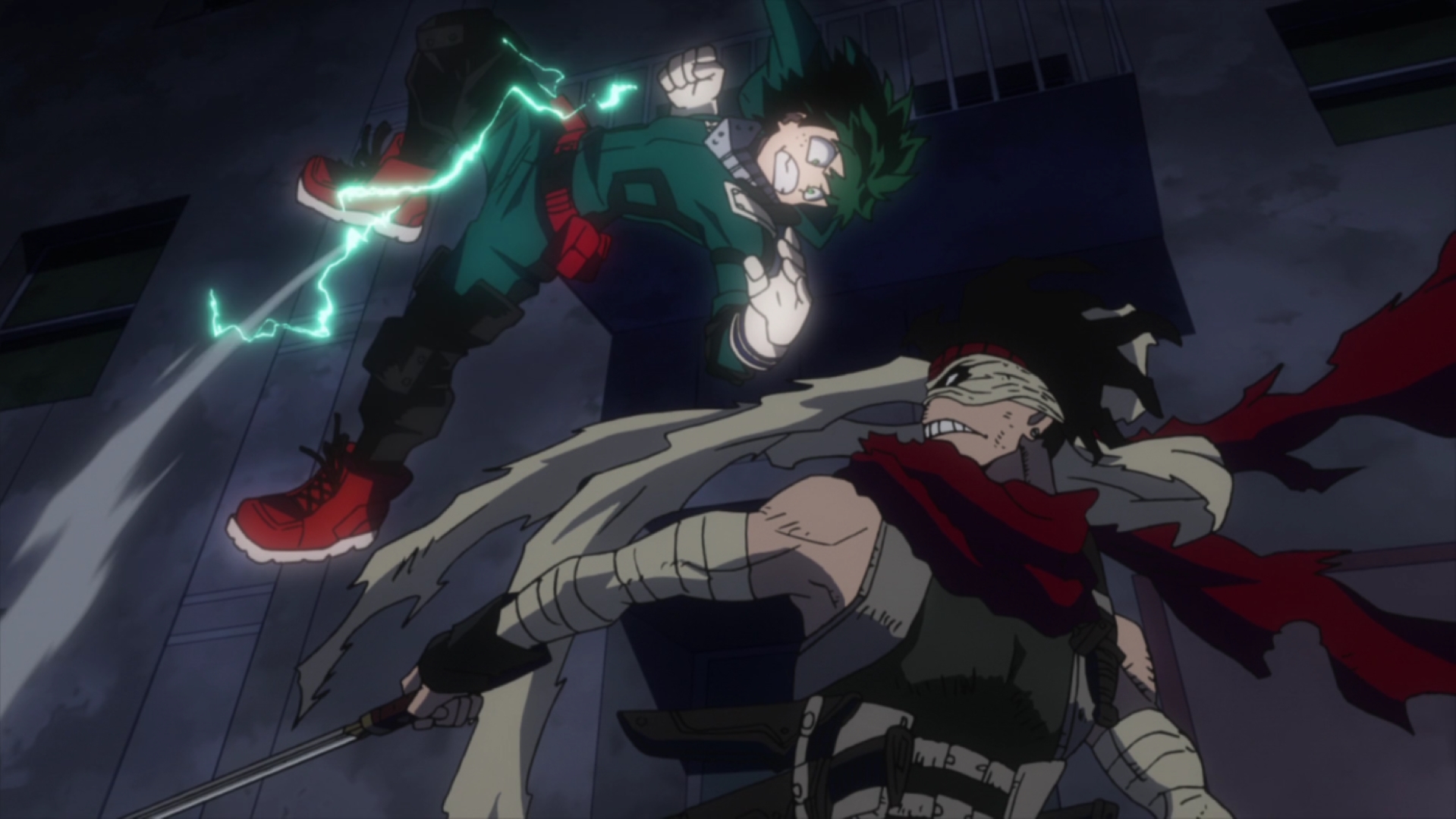
The vs Hero Killer Arc brings in Stain, whose extremist ideology calls into question what it means to be a real hero. His conviction that only those who act selflessly are true heroes makes him one of the most interesting villains of the series.
In Hosu City, Midoriya, Todoroki, and Lida encounter Stain during their internships. When Lida confronts Stain, it’s also personal, as he seeks revenge for his brother. Their fight against him shows not only their development as heroes-in-training but also compels them to check their motivations.
The impact of this arc goes beyond the fighting seen between some heroes and Stain. Stain’s ideology motivates villains around Japan, setting the wheels in motion for the League of Villains’ rise. The Hero Killer had a significant impact on the My Hero Academia story even post-capture, so it’s an arc that finds its way to this list.
9. Joint Training Arc

The Joint Training Arc pairs together Classes 1-A and 1-B in tag team battles that were used to highlight the progression of characters often left underexplored. After spending a long time apart, this competition shows how both classes have honed their quirks and fighting styles.
This arc stands out for the fact that it focuses on team effort rather than individual strength. Every match has different compositions of teams that have to adapt to unforeseen events. This emphasizes the importance of communication and strategy. Characters like Shinso, who hopes to transfer into the hero course, get their moment to shine alongside established favorites.
In this arc, Midoriya suddenly gains new quirks from past One For All users. This changes what we know about his power and hints at the tough challenges he’ll face in controlling these abilities. Beyond the action, the Joint Training Arc excels at character development. Viewers get to see Bakugo’s growth as he actually protects his teammates. We also see Uraraka demonstrating her combat improvements, and previously overlooked Class 1-B students displaying impressive quirks and tactics.
8. Provisional Hero License Exam Arc
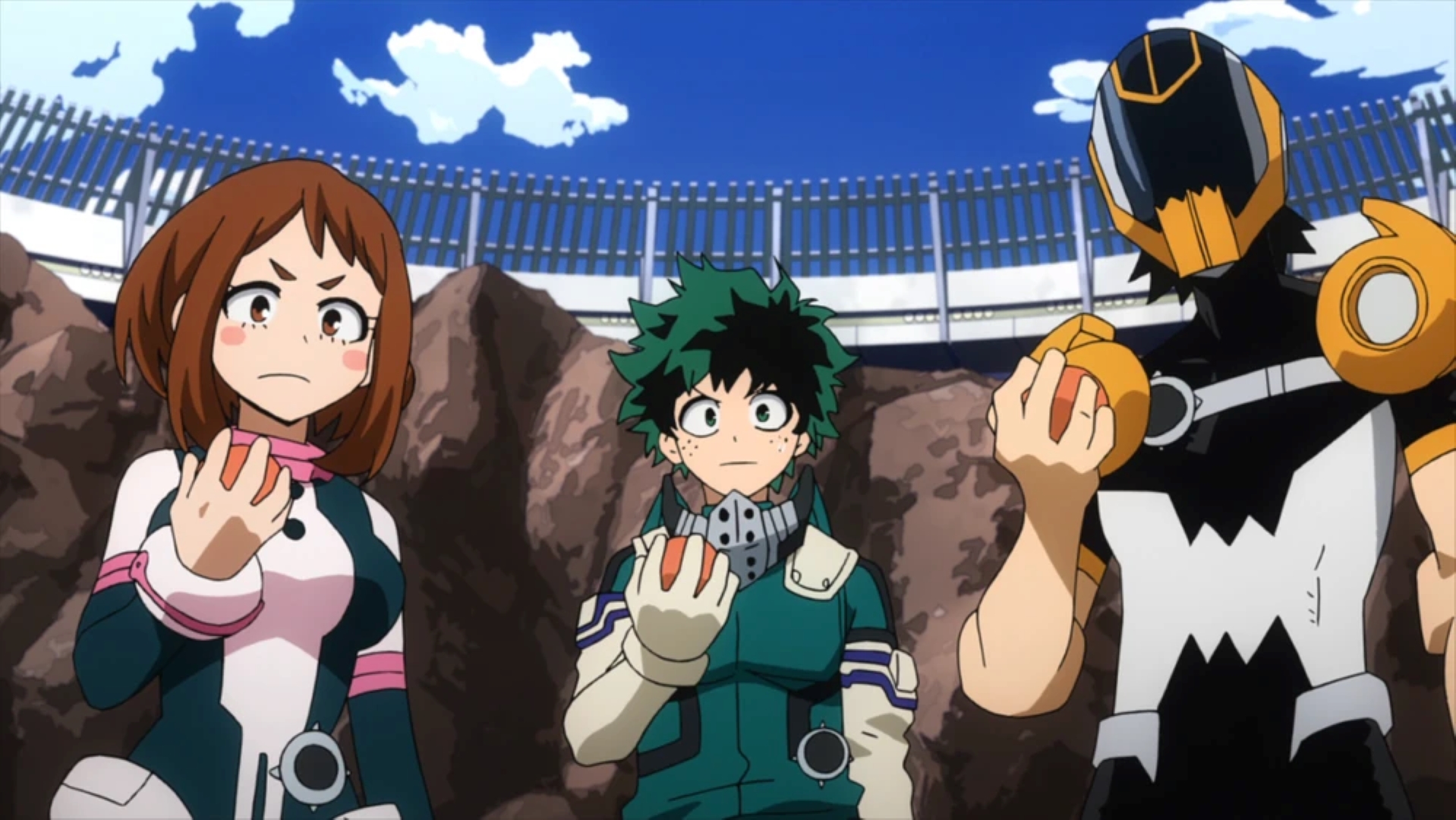
The Provisional Hero License Exam Arc comes with its own set of challenges as U.A. students vie against other hero schools for their provisional licenses. This arc models the shape of the hero world and at school. The arc increases the competition with the addition of other schools, such as Shiketsu & Ketsubutsu.
The exam itself is constructed to challenge the students in two phases. The first stage was made to eliminate some contenders in a battle royale. The second stage was a rescue operation that recreates the conditions of a disaster zone. This format forces students to demonstrate not just combat skills but also the rescue abilities essential to real hero work.
One of the highlights of this arc is the intense confrontation between Todoroki, Yoarashi, and Camie (Toga disguised as a Shiketsu student). Their clash demonstrates how personal histories can affect hero work, with Yoarashi’s hatred of Endeavor spilling over to his son. It is also a humbling moment for Bakugo and Todoroki, who fail to secure their licenses and must confront their shortcomings. This failure is important for character development. It shows that even the most naturally gifted students have valuable lessons to learn about being a true hero in the My Hero Academia universe.
7. Final Exams Arc
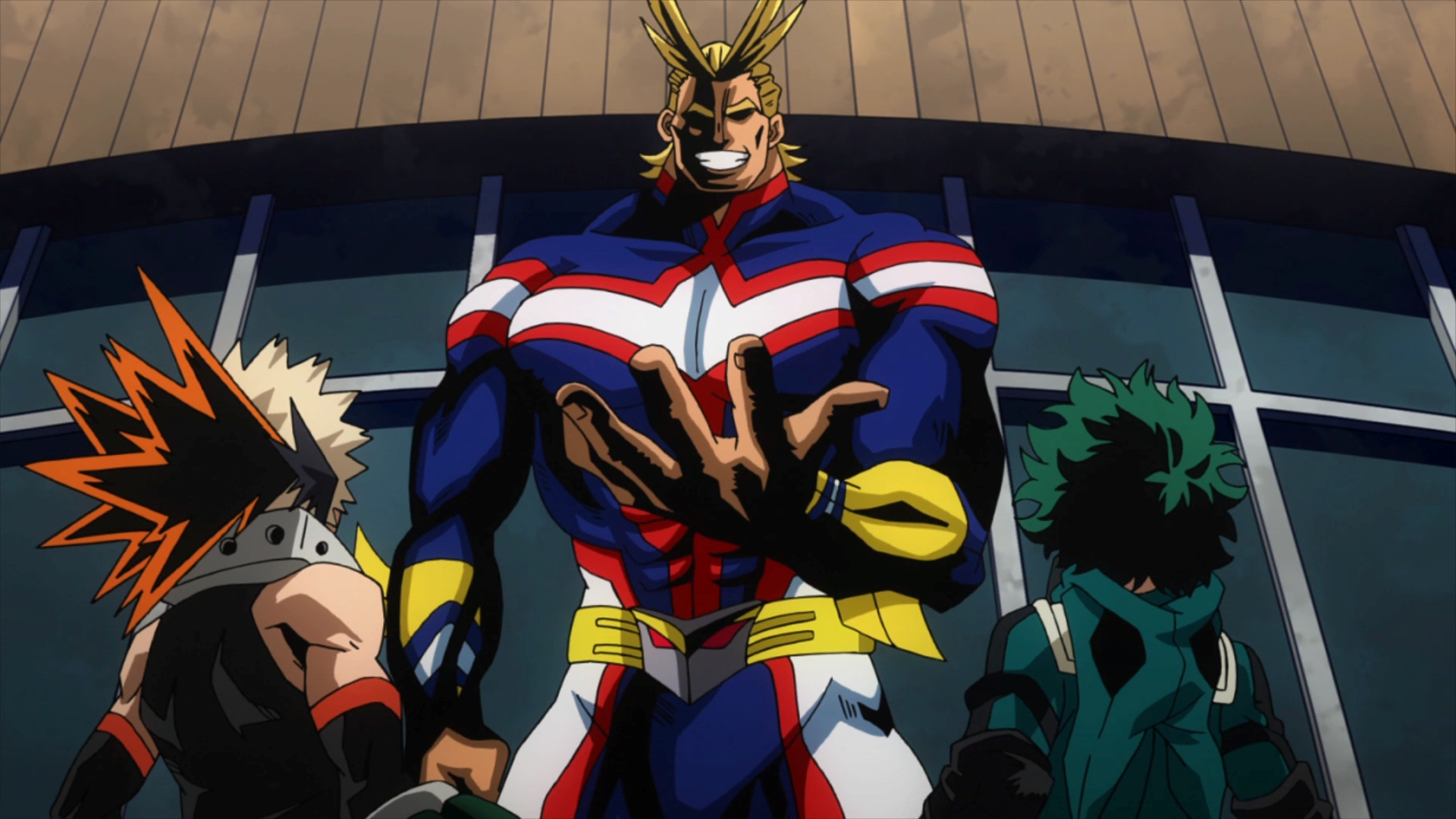
The Final Exams Arc highlights the academic challenges of U.A. High School as Class 1-A faces their end-of-term practical exams. Unlike standard tests, these exams pit students against their teachers in two-person teams, creating unexpected dynamics. This tests both their quirks and their ability to work together.
What makes this arc special is how it pairs students with contrasting personalities. The best fight is between Midoriya and Bakugo teaming up against the man himself, All Might. As people who were once rivals in the past, these characters are now on the same team. And as such, they must put their differences aside to survive against the number one hero.
This arc was special in how each exam teaches the characters something about themselves. Whether it’s Momo finding her confidence, Todoroki learning to trust his fire, or Bakugo acknowledging Midoriya’s growth, these fights focus on tactics. They show that being a hero isn’t just about raw power but also strategy and teamwork. The Final Exams Arc makes for a perfect measuring stick for the progress the students have made. It also establishes character developments that later pay off in future My Hero Academia arcs.
6. USJ Arc
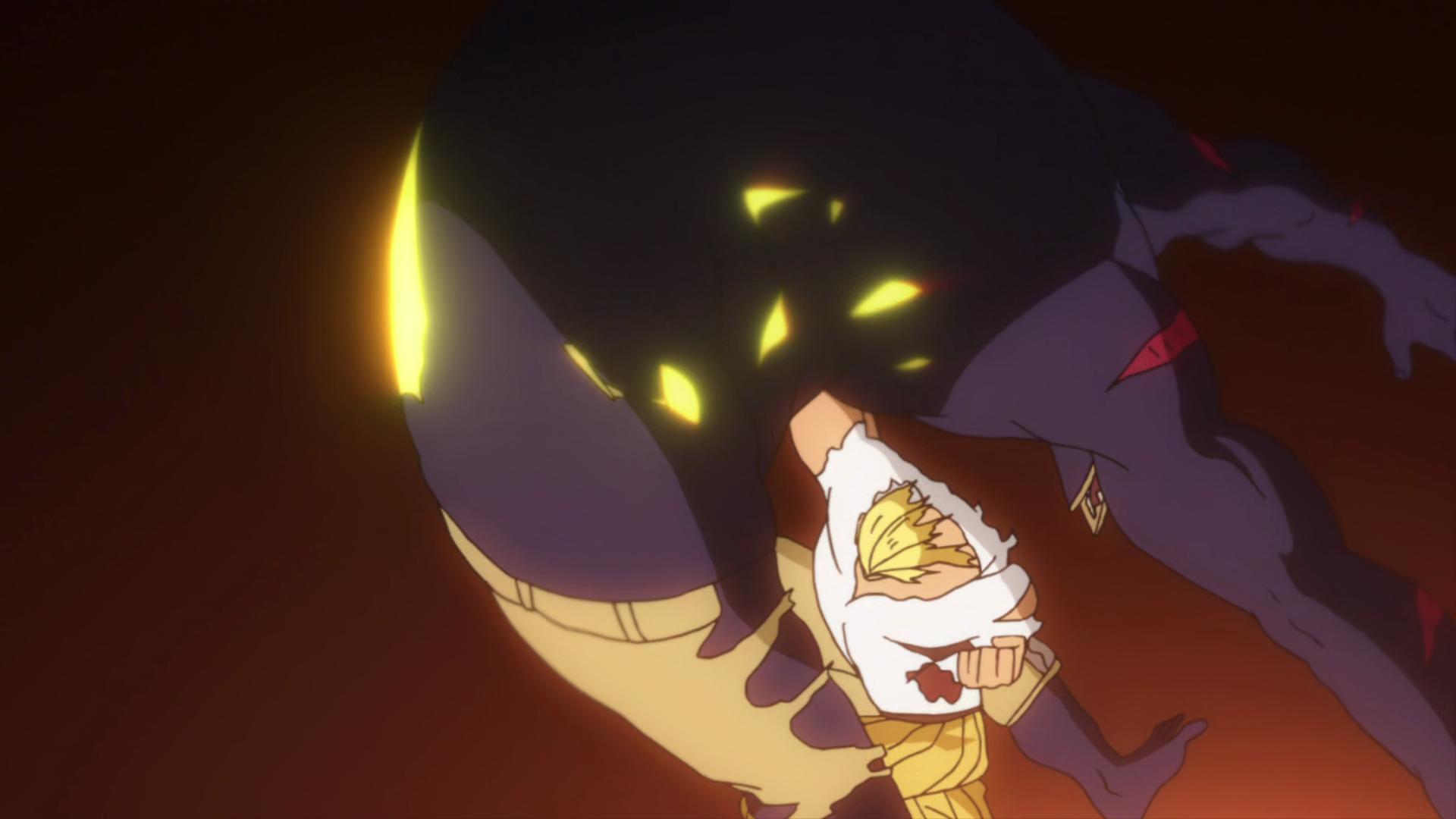
The USJ Arc is the first big villain attack in My Hero Academia. It introduces the League of Villains and their leader, Tomura Shigaraki. A rescue training exercise spirals out of control, resulting in a life-or-death battle against villains that invade the facility to target All Might.
This arc is notable for depicting the students in genuine peril for the first time. Though frightened, some students stand up to defend themselves and their peers. Midoriya leaps to save Tsuyu when he sees her in danger, indicating his resolve as a hero. Bakugo and Kirishima also hold their own against multiple opponents and many other examples. This showed their skill as a hero and their ability to adapt to a situation and work together.
All Might and the artificial human Nomu put on one of the series’ most thrilling brawls, ever. All Might’s declaration “Go Beyond” while fighting to the point of endangering himself is one of the things that makes him the Symbol of Peace. The USJ Arc raises the stakes by revealing that villains are organizing and that All Might’s power is fading. This created a sense of urgency for Midoriya’s growth. It also demonstrates that even hero students must be prepared for real combat situations at any moment.
5. Forest Training Camp Arc
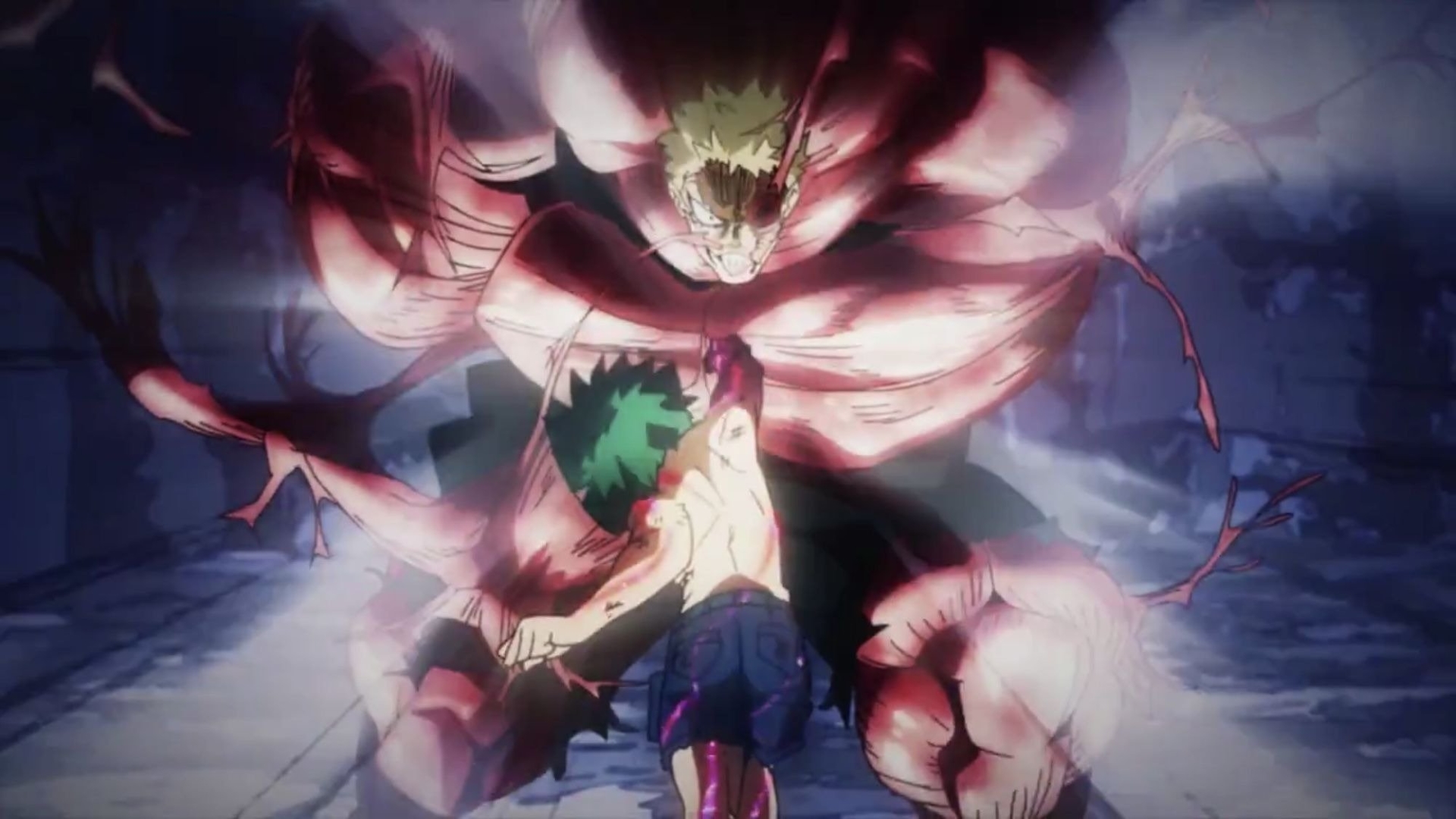
Class 1-A leaves their comfort zone for the Forest Training Camp Arc. They travel to the wilderness for specialized training with the Wild, Wild Pussycats. When the League of Villains’ Vanguard Action Squad stages a surprise attack on the camp, what begins as an intensive training session quickly escalates into danger.
This arc excels at balancing multiple storylines as students are separated throughout the forest. We see Midoriya and others desperately trying to rescue Bakugo, while other students like Momo and Awase face the artificial human Nomu. The scattered battles highlight how each student handles crises differently. The introduction of villains like Muscular gives Midoriya his first solo victory against a truly powerful opponent, pushing him to break his limits. Meanwhile, the psychological horror of Mustard’s gas and Moonfish’s attacks creates a sense of dread throughout the arc.
What makes the Forest Training Camp particularly impactful among My Hero Academia arcs is its conclusion: despite the students’ best efforts, Bakugo is captured. This failure forces the young heroes to confront the reality that they can’t always win. This sets the stage for the emotional Hideout Raid Arc that follows.
4. Hideout Raid Arc
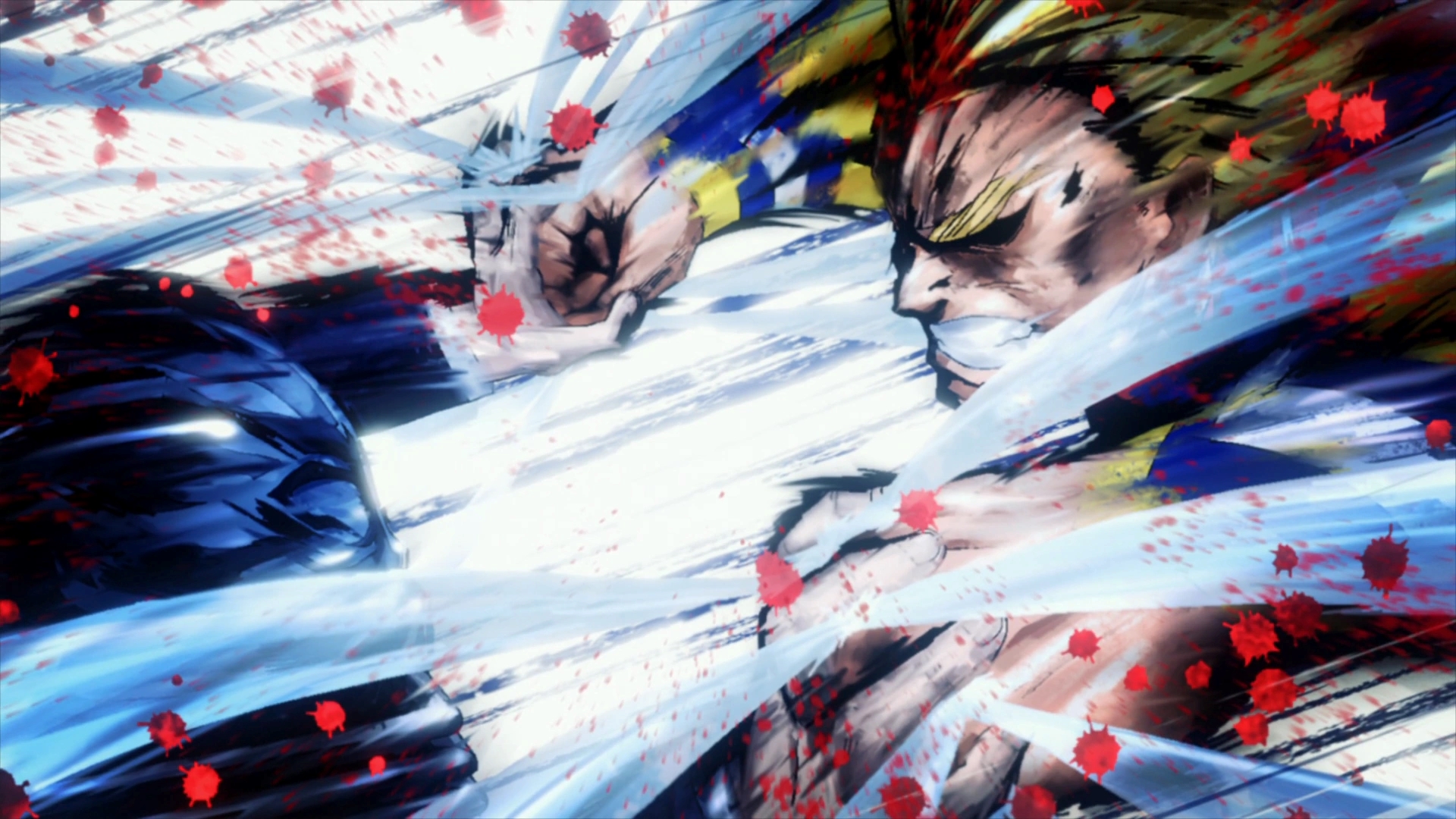
The Hideout Raid Arc takes place immediately after Bakugo has been captured and is easily one of the most intense arcs in all of My Hero Academia. This arc focuses on the rescue of Bakugo before leading to the iconic battle of All Might vs. All For One. What’s so powerful about this arc is how it tests the bonds between characters. Disobeying orders not to interfere, Midoriya, Todoroki, Lida, Yaoyorozu, and Kirishima do things on their own to try to save Bakugo. Their plan demonstrates their growth as heroes and loyalty to their classmate.
The arc culminates when All Might arrives at the villain’s hideout for one last battle as the Symbol of Peace. The battle against All For One is not only a visual spectacle. It is an emotional gut punch as All Might burns through One For All’s remaining embers. He wins a hollow victory, exposing his weak form to the world and turning to face the camera before saying, “You’re next.”
This moment marks the end of an era. Society loses its greatest defender, villains rise up, and Midoriya must face the reality that the torch has officially been passed to him.
3. U.A. Sports Festival Arc
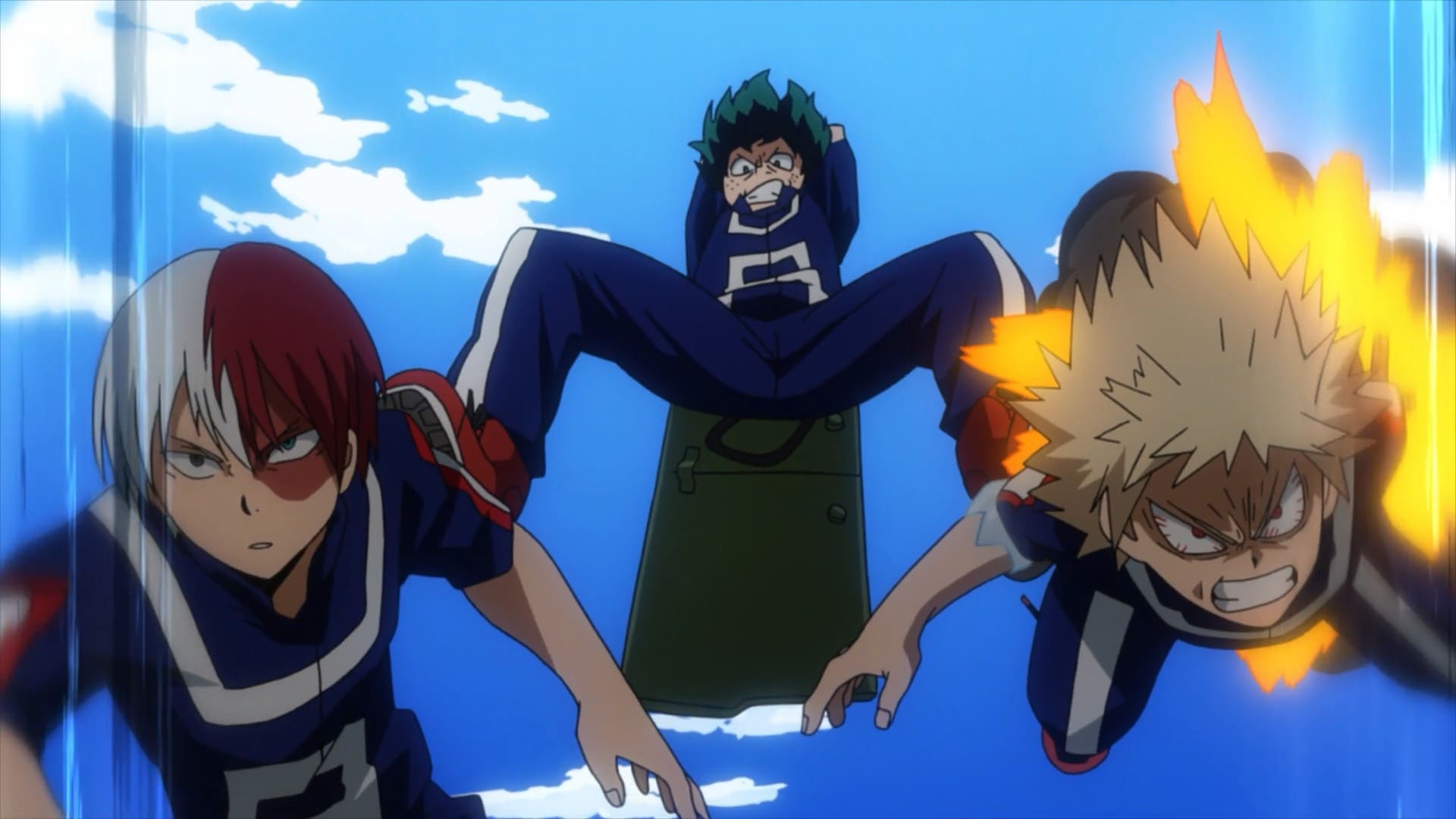
The U.A. Sports Festival Arc takes My Hero Academia beyond a story focused on a school to one in the national spotlight. It showed the students at U.A. competing in the most-discussed sporting event in Japan. The event, which takes on the role of the Olympics, provides students the opportunity to show their skills to pro heroes and hopefully land some valuable internships.
The unique quality of this arc is the way it superbly balances competition with character depth. Todoroki’s battle with his father’s shadow, culminating in his fight with Midoriya that pushes him to start coming to terms with his fire element. On the other hand, Bakugo’s win tastes empty, realizing his opponent wasn’t fighting at their full strength.
The festival has three separate events: the obstacle race, the cavalry battle, and the tournament. These events emphasized different forms of heroism: individual skill, teamwork, and head-on combat. Characters who previously remained in the background get moments to shine, like Shinso with his brainwashing quirk. Beyond the competition itself, the U.A. Sports Festival Arc explores the impact of public perception on hero careers. Students must consider not just winning but also how they present themselves to watching professionals and civilians, making this one of the richest in themes of the My Hero Academia arcs.
2. Shie Hassaikai Arc
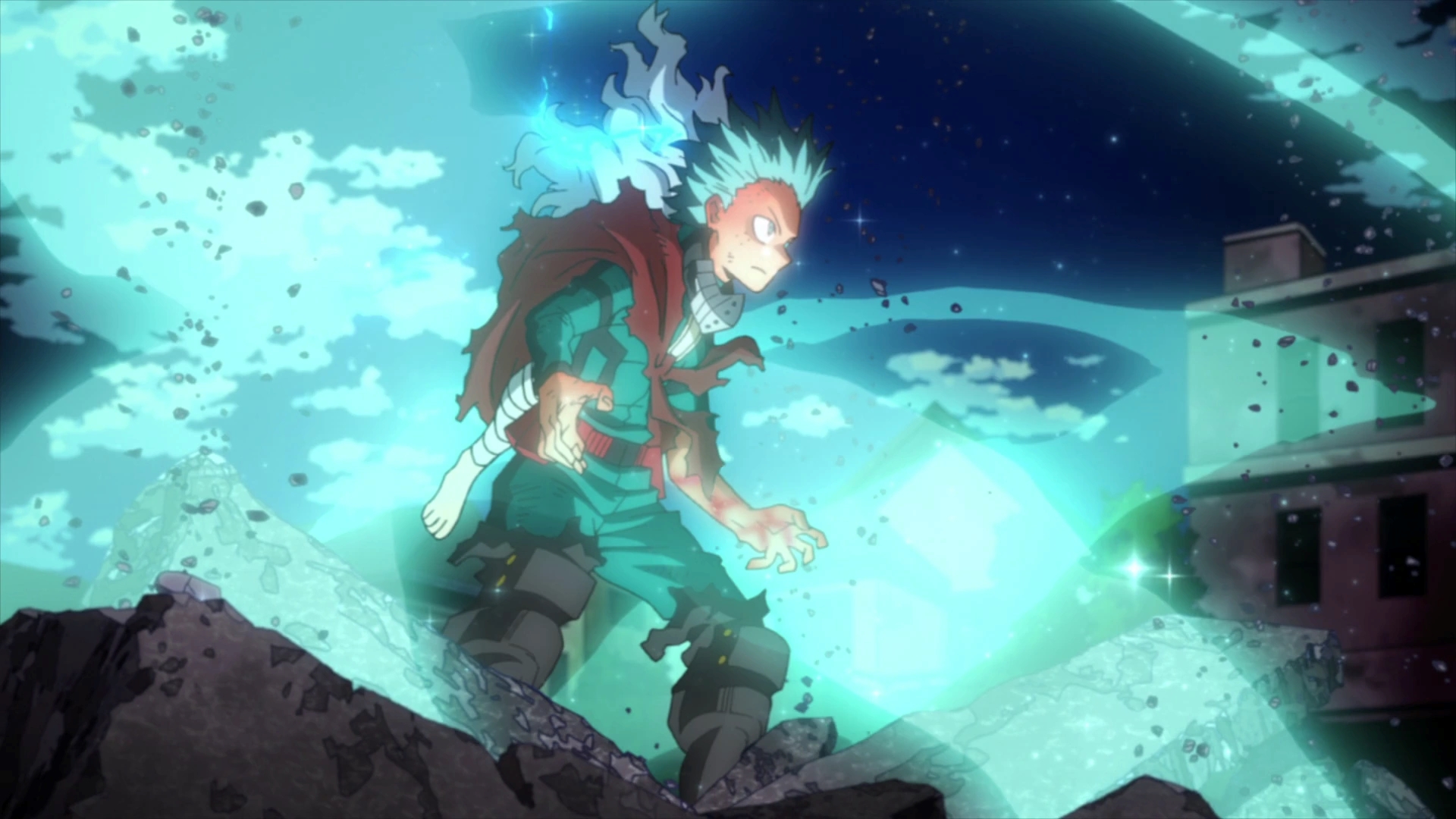
The Shie Hassaikai Arc shows My Hero Academia at its most mature, grappling with child abuse, organized crime, and the moral ambiguities of hero work. Things get really personal when Midoriya encounters Eri, a girl who’s being used by the villain Overhaul to create bullets that destroy quirks.
What’s notable about this arc is how much of it revolves around pro-hero work, with Midoriya and his classmates joining forces with Sir Nighteye’s agency for an operation against the yakuza group. The attack on the Shie Hassaikai compound brings some of the most intense fights in the series. Kirishima claims his hero name, “Red Riot,” in a brutal fight that pushes his hardening quirk to its limits. Even when Mirio Togata loses everything, he still has his desire to fight for Eri. He shows that in the end, you don’t need great power, just a heroic heart.
With Midoriya and Eri’s ultimate combo against Overhaul, the anime brings one of the most jaw-droppingly gorgeous fights in its history. With Eri’s rewind quirk allowing him to use One For All at 100% without consequence, Midoriya finally demonstrates what he will be able to do as a fully realized hero.
1. Paranormal Liberation War Arc
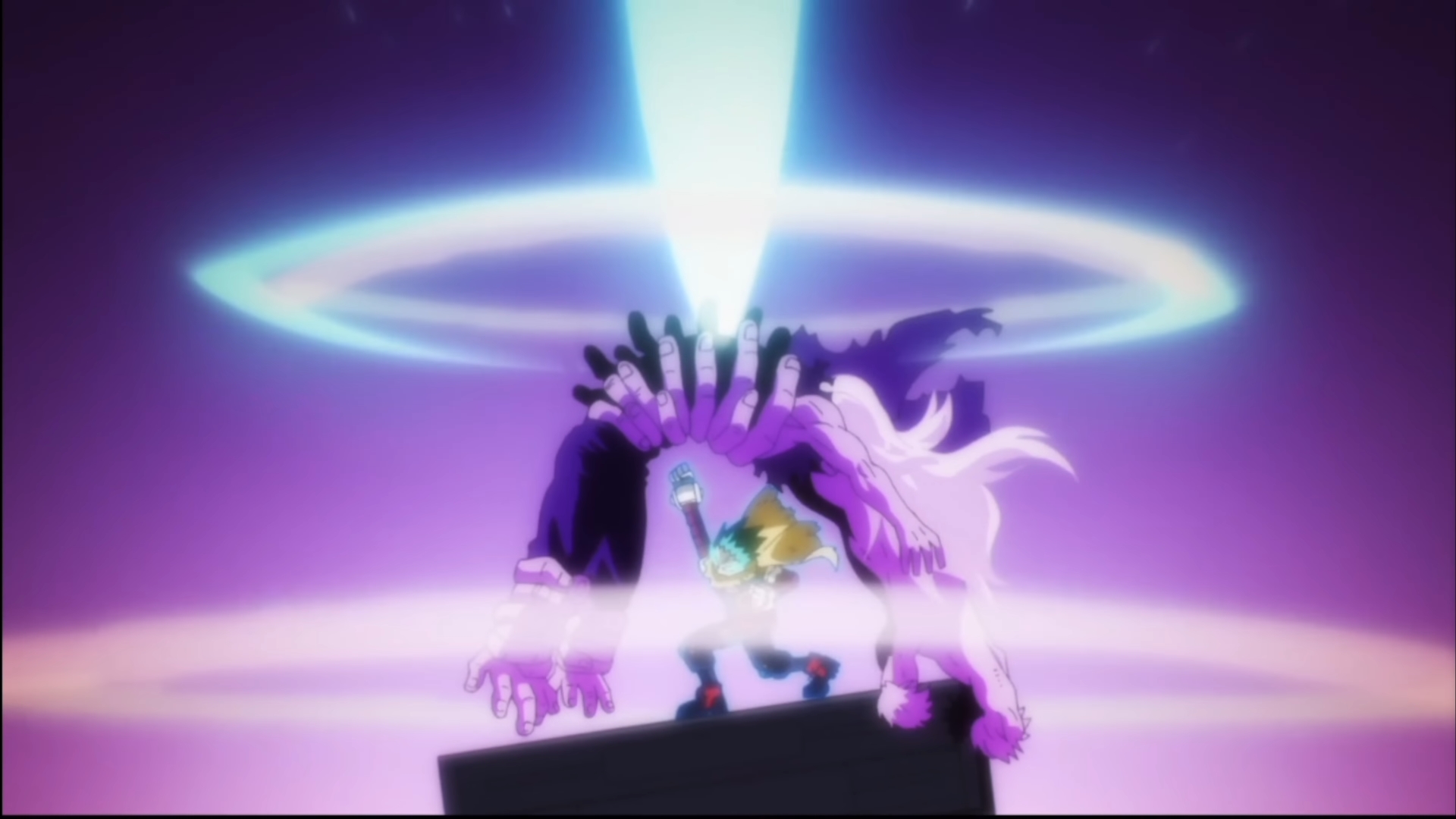
The Paranormal Liberation War Arc stands as the culmination of everything My Hero Academia had been building toward. This struggle between heroes and the merged villain forces is the series at its most epic scale, with results that fundamentally reshape the world of the story.
What earns this arc its rank at the top is how it pays off years of character development while introducing stakes larger than previous arcs could imagine. Every hero has a defining moment, even every villain. Midoriya unlocks new One For All powers. Endeavor’s past comes back to haunt him through the High-End Nomu and Dabi’s identity. And Shigaraki undergoes a terrifying transformation that makes him the greatest threat hero society has ever faced.
The war unfolds across multiple battlefields, giving virtually every character their moment to shine. From Mirko’s astonishing display against High-End Nomus to Hawks’ devastating battle with Twice, every hero contributes according to their abilities. But what makes the Paranormal Liberation War arc stand out in terms of its My Hero Academia presentation is its willingness to show the cost of heroism. Characters die, others have their quirks taken away, and Japan loses its sense of security.
Conclusion
Looking at these My Hero Academia arcs, there’s evidence for why there’s been such a global attachment to the series. From the early days of U.A. High School to the world-altering Paranormal Liberation War, the story has repeatedly elevated the stakes without losing sight of its core messages of heroism, sacrifice, and growth.
It’s not just the action in these arcs that stands out, as they feature some truly spectacular quirk battles. It’s how every arc builds on the last, growing characters in ways that matter and widening the scope of this hero-stuffed world. We have seen Midoriya mature from a quirkless fanboy into one hell of a hero himself. We also bear witness to Bakugo overcoming his original brutish behavior while also seeing Todoroki learn to step out of his father’s shadow.
The best My Hero Academia arcs challenge our understanding of what it means to be a hero. In characters like Stain, Endeavor, and Twice, the series interrogates heroism and villainy as overlapping concepts and not as simple black-and-white categories.
Looking For More?
Thank you for reading the article. We provide the latest news and create guides for Baldur’s Gate 3, Starfield, ARK Survival Ascended, and more. Also, watch Deltia play games on Twitch or visit his YouTube channel!
 Reddit
Reddit
 Email
Email